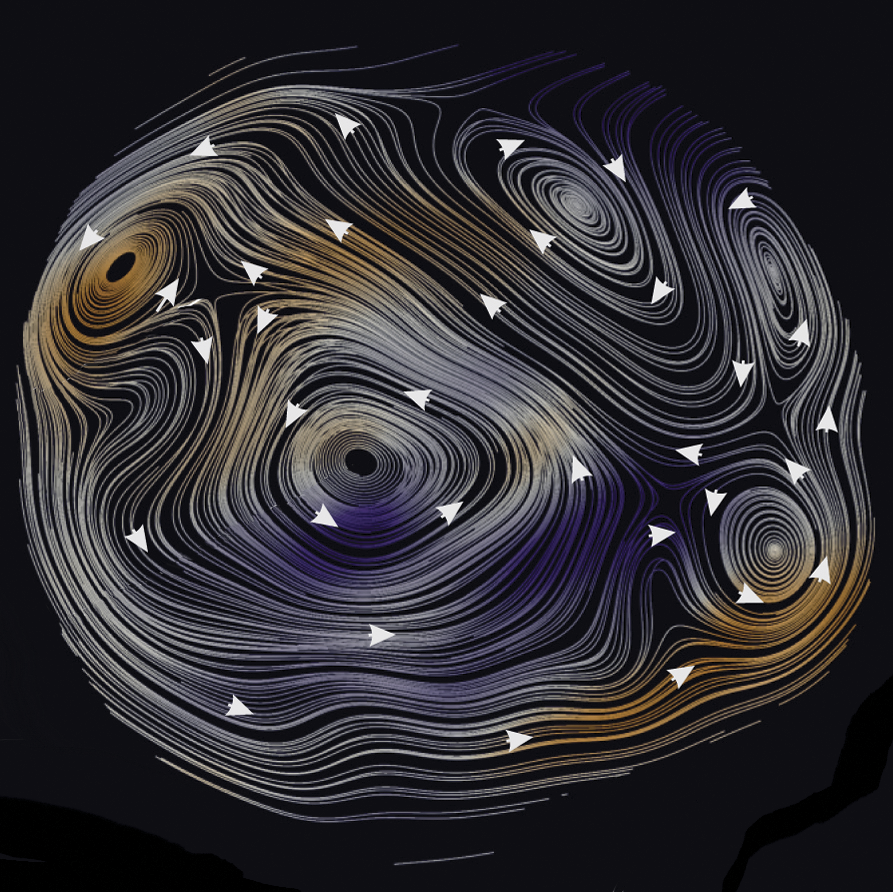Crossref Citations
This article has been cited by the following publications. This list is generated based on data provided by
Crossref.
Yu, Zhenjiang
Wang, Jiajun
and
Liu, Yijin
2020.
High-dimensional and high-resolution x-ray tomography for energy materials science.
MRS Bulletin,
Vol. 45,
Issue. 4,
p.
283.
Yan, Hanfei
Voorhees, Peter W.
and
Xin, Huolin L.
2020.
Nanoscale x-ray and electron tomography.
MRS Bulletin,
Vol. 45,
Issue. 4,
p.
264.
Georgiadis, Marios
Schroeter, Aileen
Gao, Zirui
Guizar-Sicairos, Manuel
Liebi, Marianne
Leuze, Christoph
McNab, Jennifer A.
Balolia, Aleezah
Veraart, Jelle
Ades-Aron, Benjamin
Kim, Sunglyoung
Shepherd, Timothy
Lee, Choong H.
Walczak, Piotr
Chodankar, Shirish
DiGiacomo, Phillip
David, Gergely
Augath, Mark
Zerbi, Valerio
Sommer, Stefan
Rajkovic, Ivan
Weiss, Thomas
Bunk, Oliver
Yang, Lin
Zhang, Jiangyang
Novikov, Dmitry S.
Zeineh, Michael
Fieremans, Els
and
Rudin, Markus
2021.
Nanostructure-specific X-ray tomography reveals myelin levels, integrity and axon orientations in mouse and human nervous tissue.
Nature Communications,
Vol. 12,
Issue. 1,
Vanhoof, Christine
Bacon, Jeffrey R.
Fittschen, Ursula E. A.
and
Vincze, Laszlo
2021.
Atomic spectrometry update – a review of advances in X-ray fluorescence spectrometry and its special applications.
Journal of Analytical Atomic Spectrometry,
Vol. 36,
Issue. 9,
p.
1797.
Nikitin, Viktor
De Andrade, Vincent
Slyamov, Azat
Gould, Benjamin
Zhang, Yuepeng
Sampathkumar, Vandana
Kasthuri, Narayanan
Gursoy, Doga
and
De Carlo, Francesco
2021.
Distributed Optimization for Nonrigid Nano-Tomography.
IEEE Transactions on Computational Imaging,
Vol. 7,
Issue. ,
p.
272.
Gursoy, Doga
Chen-Wiegart, Yu-chen Karen
and
Jacobsen, Chris
2022.
Lensless X-Ray Nanoimaging: Revolutions and opportunities.
IEEE Signal Processing Magazine,
Vol. 39,
Issue. 1,
p.
44.
Zhang, Guo-Xu
Song, Yajie
Zhao, Wei
An, Hanwen
and
Wang, Jiajun
2022.
Machine learning-facilitated multiscale imaging for energy materials.
Cell Reports Physical Science,
Vol. 3,
Issue. 9,
p.
101008.
Fevola, Giovanni
Ossig, Christina
Verezhak, Mariana
Garrevoet, Jan
Guthrey, Harvey L.
Seyrich, Martin
Brückner, Dennis
Hagemann, Johannes
Seiboth, Frank
Schropp, Andreas
Falkenberg, Gerald
Jørgensen, Peter S.
Slyamov, Azat
Balogh, Zoltan I.
Strelow, Christian
Kipp, Tobias
Mews, Alf
Schroer, Christian G.
Nishiwaki, Shiro
Carron, Romain
Andreasen, Jens W.
and
Stuckelberger, Michael E.
2024.
3D and Multimodal X‐Ray Microscopy Reveals the Impact of Voids in CIGS Solar Cells.
Advanced Science,
Vol. 11,
Issue. 2,
